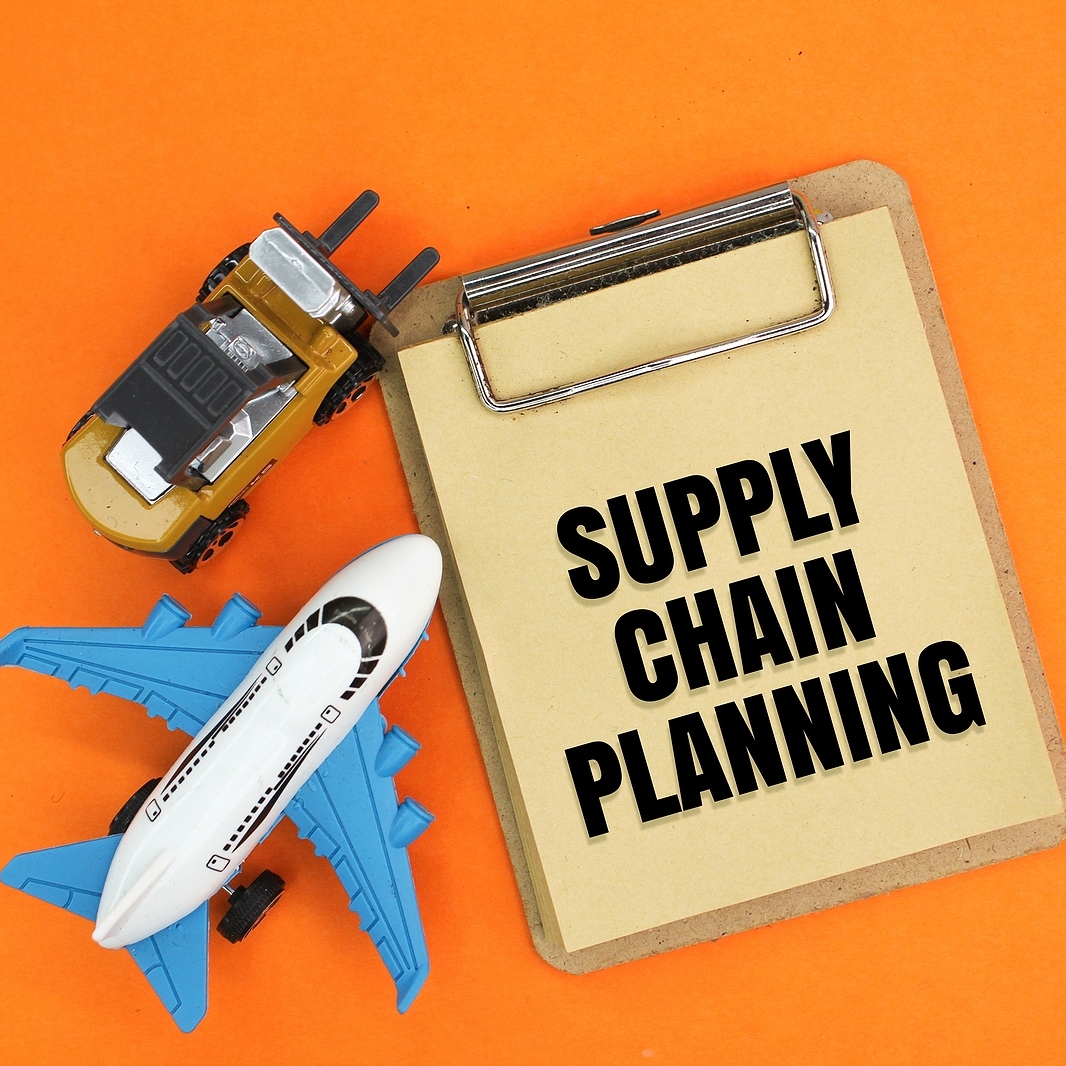You rarely notice the hidden network hauling coffee to your mug, microchips to your phone, or lumber to the contractor who might renovate a house you're hoping to sell.
Yet this sprawling lattice—supply chain intelligence—shapes your decisions and timelines. Understanding it can be as critical as securing a fair cash offer in Beaverton, OR, when timing a move.
Corporate Intelligence Emergence
Invisible data highways crisscross every enterprise, feeding live telemetry into decision engines that help you sense turbulence long before it reaches warehouse doors or customer screens.
From Eyes to Algorithms
Manual spreadsheets once ruled forecasts; now machine-learning agents watch supplier lead-times, weather, and social chatter simultaneously, distilling millions of micro-signals into a single actionable pulse you can trust.
Predictive over Reactive
Predictive intelligence reorders priorities: instead of reacting to late containers, you proactively reroute, renegotiate, or re-price. That shift converts volatility into competitive advantage.
Practical Adoption Steps
Success begins by cleansing data, integrating cloud ERP, and sandboxing use cases. Then scale gradually, letting domain experts validate each recommendation before trusting autonomous execution at full production speed.
Supply Chain Threats
Resilience is more than inventory buffers; escalating geopolitical tension, climate disruption, and cyber sabotage mean your network is attacked physically, digitally, and reputationally—often all at once.
- Geopolitical Flashpoints. Shipping lanes can shut overnight, forcing emergency multimodal routing and unexpected tariff exposure across your entire cost-to-serve calculation.
- Extreme Weather. Droughts, floods, and fires disrupt agriculture, utilities, and transport assets, straining last-mile commitments and insurance budgets simultaneously.
- Digital Intrusions. Ransomware gangs target logistics APIs, freezing customs documents until cryptocurrency arrives, halting cross-border flows when seconds truly matter.
- Regulatory Shocks. Rapid ESG mandates or export controls can invalidate long-standing contracts, leaving compliant yet empty shelves if mitigation modeling is absent.
- Talent Shortages. Aging workforces and skills gaps create bottlenecks softer than code yet harder to automate without deliberate upskilling pathways.
Mapping, classifying, and continuously rehearsing these threats transform fear into readiness, ensuring stakeholders perceive strength rather than scramble when the next surprise surfaces.
Input Poisoning Risks
Your smartest models become liabilities when attackers tamper with training data, skewing forecasts, or quietly leaking intellectual property through cleverly crafted queries.
Poison, Extract, Evade
As documented in cybersecurity guidance, adversaries insert malicious records, siphon embeddings, or feed adversarial inputs, compromising accuracy, confidentiality, and downstream automation in one coordinated strike.
Lifecycle Defense Zones
Safeguard collection pipelines with verification hashes, isolate training clusters, enforce least-privilege inferencing, and continuously audit feedback loops for anomalous drift, especially where autonomous re-ordering triggers real spend.
Human-in-the-Loop Governance
Even the best models require skeptical humans comparing predictions with ground truth, escalating anomalies, and rotating datasets so stale assumptions never calcify into systemic blind spots.
Impacted Systems Overview
Threat vectors rarely stay confined; once inside, attackers laterally explore interconnected planning, finance, and operational technologies, compounding risk far beyond the original breach.
- ERP Platforms. Altered master data skews reorder points, cascading stockouts or costly overstock through entire distribution networks.
- Transportation Management. Compromised routing engines misdirect fleets, burning diesel, deadlines, and driver morale simultaneously.
- Warehouse Control. Malware in automated picking robots halts fulfillment, triggering expensive manual workarounds and customer attrition.
- Supplier Portals. Fake invoices and credentials bleed cash while damaging trust across tier-two and tier-three partners.
- Connected Products. IoT feedback loops can become espionage microphones, leaking usage data that guides competitors' next moves.
Visualizing these dependencies on a living architecture map helps prioritize zero-trust zones, backup strategies, and incident drills before reality tests your diagrams.
Law Enforcement Interfaces
When product integrity and public safety intersect, you collaborate with investigators, prosecutors, and regulators, proving custody while protecting proprietary trade secrets.
Bulletproof Chain of Custody
Every handoff—digital or physical—needs time-stamped signatures, tamper-evident seals, and redundant logs so evidence withstands courtroom scrutiny years after collection.
Digitally Native Evidence
Body-camera videos, vehicle telematics, and drone footage demand cryptographic hashing and immutable storage; otherwise, defense attorneys exploit every metadata gap you leave unguarded.
Secure Facilities Design
Purpose-built warehouses maintain temperature, humidity, and biometric access controls, preventing degradation or unauthorized meddling with sensitive biological or electronic materials awaiting legal proceedings.
Civil Society Impacts
Supply chains quietly shape environmental footprints, labor conditions, and community resilience; ignoring those externalities invites backlash from consumers, investors, and regulators alike.
Resilience as Social Contract
Rapid recovery after disasters safeguards local employment and essential goods, reinforcing trust that your brand values human continuity over quarterly optics.
Sustainability by Design
Embedding circular packaging, renewable energy, and ethical sourcing into network blueprints lowers carbon intensity and satisfies expanding ESG disclosure frameworks worldwide.
Measurement Challenges
Quantifying resilience and social impact requires harmonized metrics—time-to-recover, living-wage coverage, emissions per delivery—so progress transcends marketing slogans and withstands independent audit.
Public Innovation Drivers
Necessity births creativity; supply chain innovation accelerates when customers, employees, and communities demand faster, greener, and more reliable access to the things they value.
- Customer Experience. Real-time order tracking and next-day delivery push continuous process refinement, from robotic picking to predictive maintenance.
- Talent Engagement. Empowering frontline teams with intuitive apps turns problem reports into ideation gold mines, sparking incremental yet compounding improvements.
- Technology Convergence. IoT sensors, drones, and 5G extend visibility, making bottlenecks impossible to hide and easier to eliminate.
- Collaborative Ecosystems. Open APIs let startups plug niche capabilities into legacy networks, shortening experimentation cycles and democratizing progress.
- Policy Incentives. Grants, carbon credits, and procurement preferences reward companies that pilot sustainable materials or low-emission transport corridors.
Nurturing these drivers turns supply chains from cost centers into innovation laboratories, delivering societal value while cultivating lasting competitive differentiation for your organization.
Signal's End
You now see how unseen data currents steer goods, funds, and influence across borders, exposing fragile choke points and ethical gray zones you cannot ignore.
